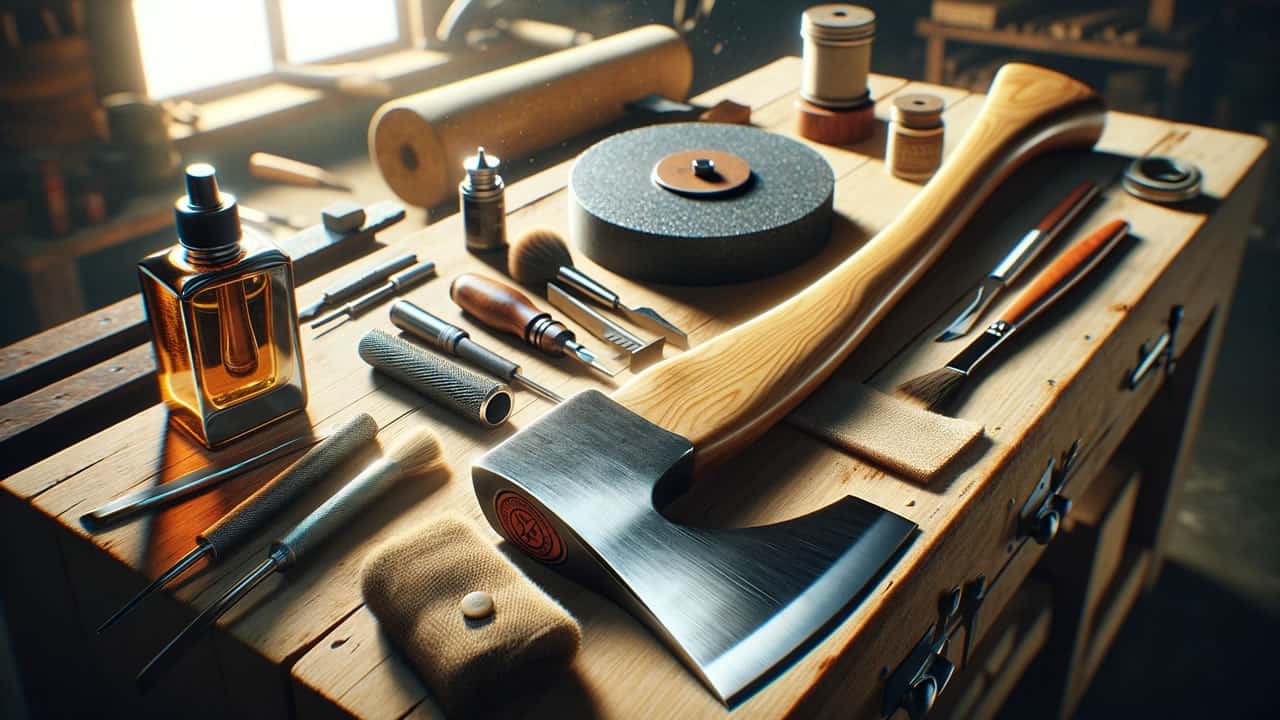
For anyone who relies on an axe, whether for camping, wood chopping, or even as a part of their profession, understanding how to maintain it is crucial. A well-maintained axe not only ensures efficiency and safety but also extends the tool’s lifespan. In this guide, we’ll delve into the essential aspects of axe maintenance, including cleaning, sharpening, and proper storage.
Before jumping into maintenance, it’s important to understand the components of your axe. The main parts are the head (which includes the blade or bit) and the handle (haft). Different materials require different care techniques. For instance, a wooden handle and a fiberglass handle won’t be maintained in the same way.
Regular cleaning is vital for maintaining your axe’s condition. Resin, sap, and dirt can accumulate on the axe head, leading to corrosion.
A sharp axe is a safe and efficient axe. Sharpening an axe is a skill that can be easily learned and incorporated into your maintenance routine.
How and where you store your axe significantly impacts its longevity.
Even with good maintenance, axes can develop rust. It’s crucial to address rust immediately to prevent further damage.
The handle is just as important as the head. A damaged handle can be dangerous.
Always remember that an axe is a dangerous tool. Proper maintenance not only extends the life of your axe but also ensures your safety and that of those around you.
Axe maintenance is an ongoing process. By regularly cleaning, sharpening, and properly storing your axe, you ensure its effectiveness, safety, and longevity. Remember, a well-maintained axe is a reliable companion in any outdoor adventure or task. Take pride in your tool, and it will serve you well for years to come.
Axes are tools that have been a vital part of human civilization for thousands of years. Whether used for chopping…
Axes have long held a place in our collective imagination, symbolizing strength, survival, and sometimes even terror. From ancient legends…
Bushcraft axes are a fundamental tool for survival and outdoor enthusiasts. These axes are not just tools for wood chopping…
Chopping wood is a fundamental skill, whether for a seasoned lumberjack, a homeowner managing their firewood supply, or an outdoor…
In the realm of wilderness survival skills, an axe is one of the most versatile tools you can have at…
For anyone involved in wood cutting, whether as a professional or a hobbyist, choosing the right axe is crucial. Axes…